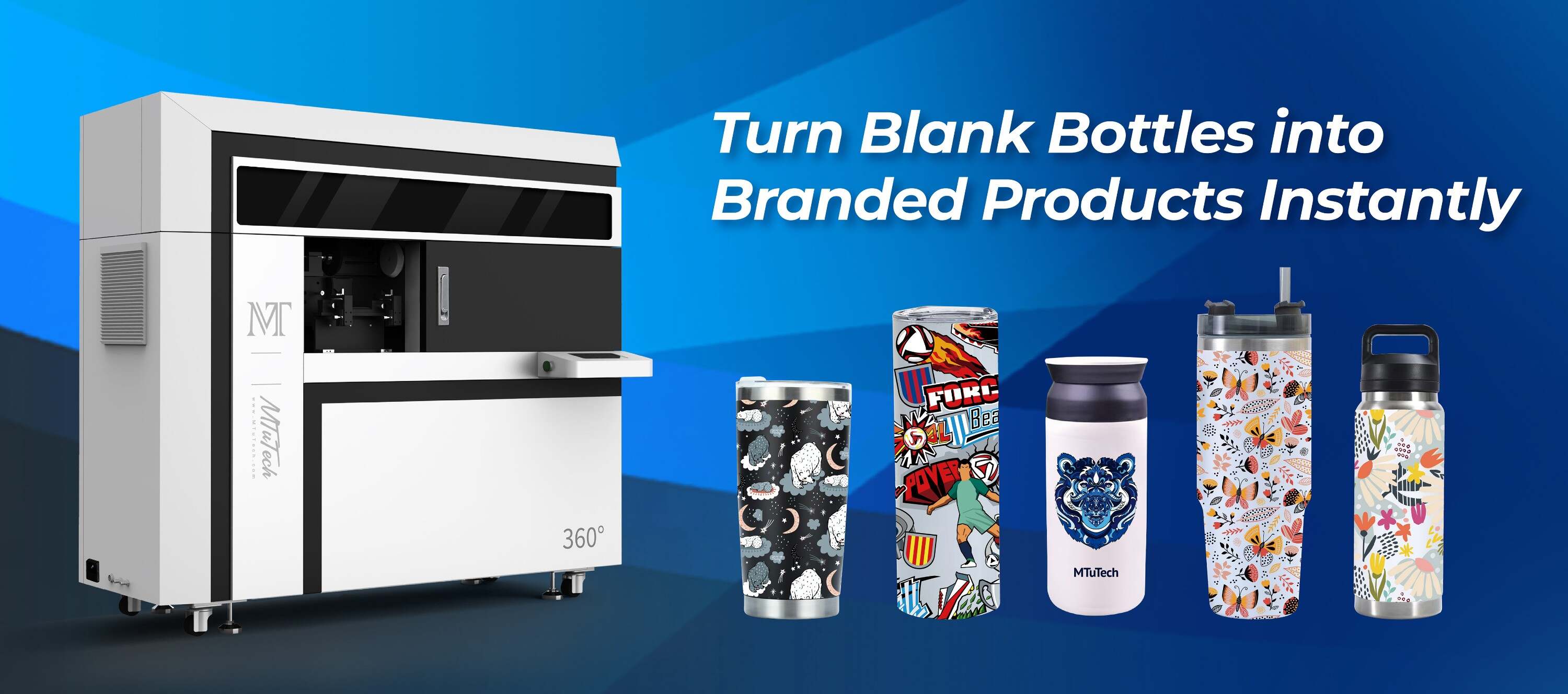 How to Increase Throughput Without Sacrificing Print Quality
How to Increase Throughput Without Sacrificing Print Quality
Introduction
In today’s fast-paced printing industry, balancing throughput and print quality is more crucial than ever for maintaining competitiveness. Business owners often find themselves at a crossroads: how to increase production speeds without compromising the quality that their customers expect. This blog aims to delve into strategies that lead to an increase in throughput while ensuring that print quality remains top-notch.
Understanding Throughput and Print Quality
Throughput refers to the amount of work or output produced in a given time frame. In the context of printing, it indicates the speed at which print jobs are completed. On the other hand, print quality encompasses the clarity, consistency, and detail of the printed images or text. While it might seem like a trade-off exists between these two factors, various strategies can help achieve a balanced outcome.
Benefits of Increasing Throughput
Increasing throughput offers several advantages for printing businesses:
·
Increased Revenue: More jobs completed per hour means higher profits.
·
·
Improved Customer Satisfaction: Faster turnaround time satisfies clients' demand for quick service.
·
·
Competitive Advantage: Businesses that can deliver quality prints quickly stand out in a crowded market.
·
·
Operational Efficiency: Streamlined processes improve overall productivity and reduce waste.
·
Strategies to Increase Throughput
Here are some practical ways to enhance your printing throughput without sacrificing print quality:
1. Invest in High-Quality Equipment
Opt for advanced printing technologies that cater to your specific needs. For example, UV printers provide quick curing times, enabling faster production speeds without compromising quality. Additionally, equipment designed for specific printing tasks can vastly improve performance. Explore our high-quality Cylindrical printers here for exceptional printing solutions.
2. Optimize Job Scheduling
Efficient job scheduling plays a significant role in maximizing throughput. Implementing a management system that organizes print jobs by size, complexity, and deadline can help reduce idle time. Use a logical workflow that ensures the machine is consistently engaged, minimizing downtime.
·
Batch similar jobs: Grouping similar print jobs can significantly reduce setup time.
·
·
Prioritize high-value customers: Ensure timely fulfillment of orders from important clients.
·
3. Streamline Pre-Press Processes
Pre-press processes include design approval, file setup, and proofing. Streamlining these stages reduces the overall production timeframe.
·
Use Automation: Automate file checks and approvals to speed up the pre-press stage.
·
·
Digital Proofing: Implement digital proofing to save time and reduce the need for physical samples.
·
4. Train Your Staff
Well-trained employees are key to increasing throughput. Invest in training programs that help your staff understand and utilize equipment to its fullest potential. When employees are familiar with the machinery and workflows, they can operate efficiently and troubleshoot problems quickly.
·
Cross-train employees: This ensures that several staff members can handle multiple machines.
·
·
Continuous learning: Encourage staff to stay updated with the latest printing technologies and techniques.
·
5. Maintain Equipment Regularly
Regular maintenance prevents equipment breakdowns, which can significantly hinder throughput. Establish a routine maintenance schedule to ensure all printing equipment is in optimal condition.
·
Check for wear and tear: Regularly inspect parts that undergo heavy usage.
·
·
Clean machines: Dust and debris can affect print quality and machine efficiency.
·
6. Utilize Quality Control Measures
Implementing stringent quality control measures at each stage of the production process can help maintain print quality. High-quality output ensures customer satisfaction, which is essential as you increase throughput.
·
Establish benchmarks: Create clear benchmarks for quality checks throughout the production process.
·
·
Gather feedback: Actively collect customer feedback to understand quality perceptions and areas needing improvement.
·
7. Optimize Ink and Media Usage
Choosing the right ink and media for your print jobs can significantly impact throughput and quality. High-quality inks and papers can enhance print fidelity, while also minimizing issues like smearing or bleeding, which can slow down production.
·
Research materials: Invest time in finding the best media and inks for your specific applications.
·
·
Test different combinations: Experiment with various combinations to see which yield the highest throughput and quality.
·
Conclusion
Increasing throughput without sacrificing print quality involves a multifaceted approach that combines equipment investment, workflow optimization, employee training, and quality control. By integrating these strategies, you can streamline your printing processes, enhance customer satisfaction, and secure a competitive edge in the market. Remember, the key to long-term success lies in balancing productivity with quality, ensuring your business continues to thrive in a demanding industry.
FAQ
What is throughput in the context of printing?
Throughput in printing refers to the amount of output produced in a specific time frame, indicating how quickly print jobs can be completed.
How can I maintain print quality while increasing speed?
Investing in high-quality equipment, streamlining processes, and implementing effective quality control measures are essential to maintaining print quality while enhancing speed.
Why is equipment maintenance important for increasing throughput?
Regular equipment maintenance helps prevent breakdowns and malfunctions that can slow down production times. Keeping machines in optimal condition ensures consistent quality and efficiency.
What role does employee training play in improving throughput?
Training employees ensures they are familiar with equipment and workflows, which leads to more efficient operations and quicker problem resolution, ultimately increasing throughput.
